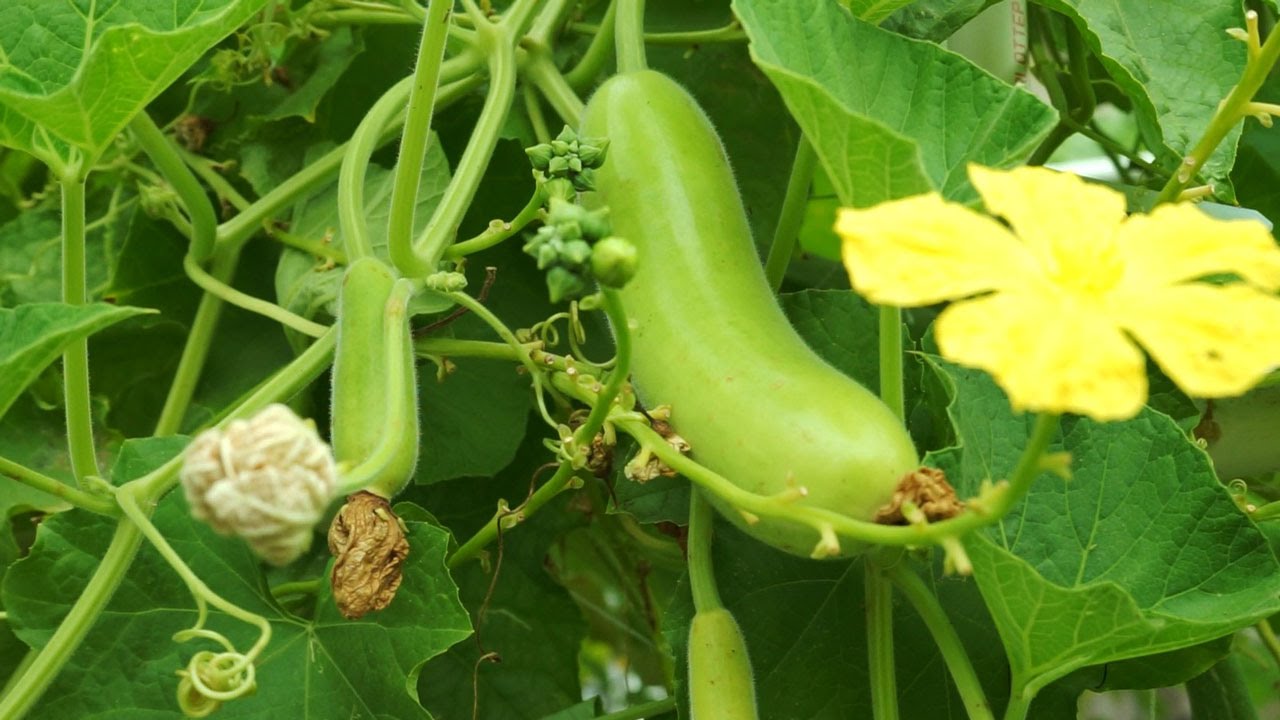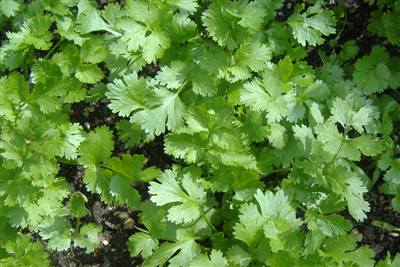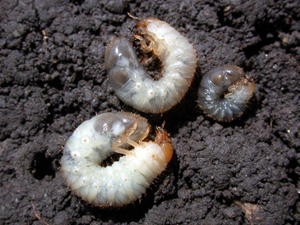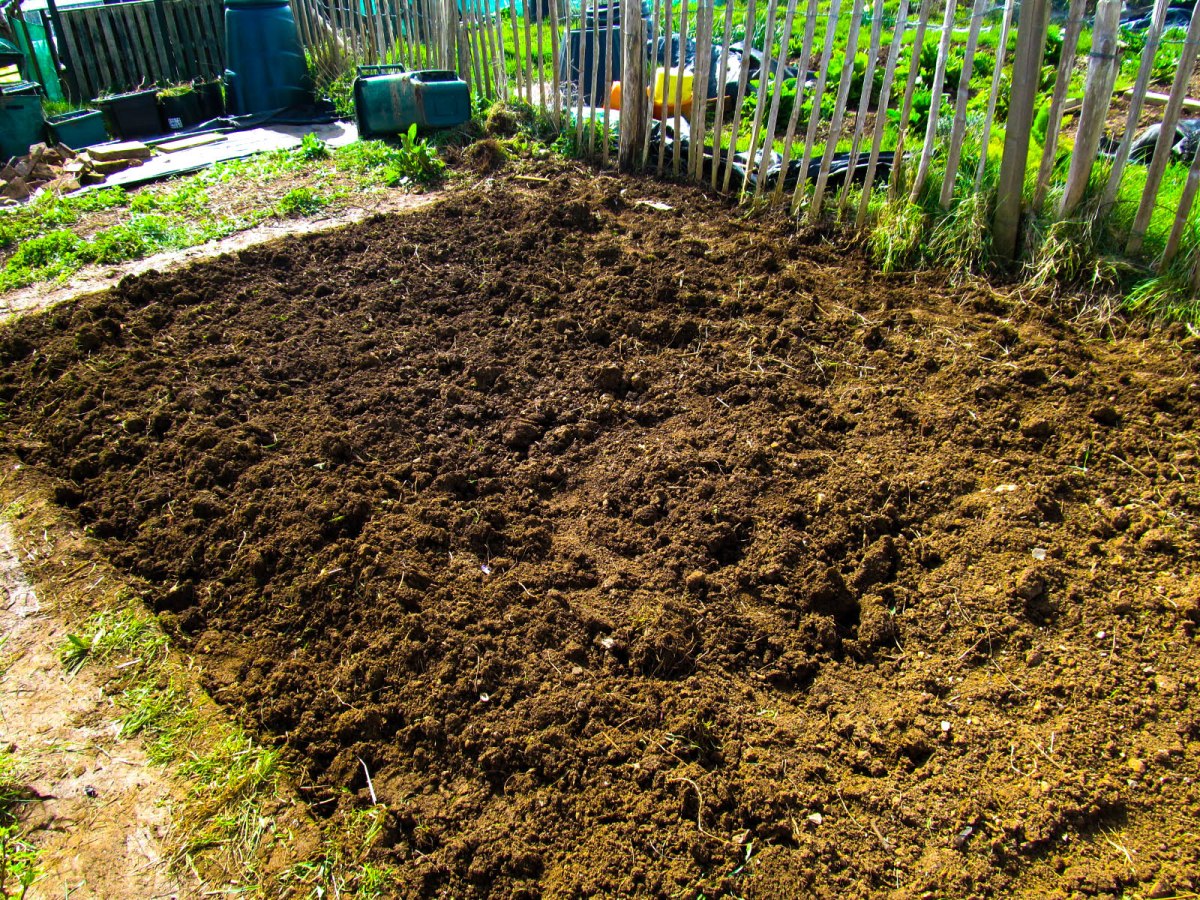- India’s agricultural land has a deficit of zinc is 50%, which will be up to 63% by 2025.
- Studies have shown that due to zinc deficiency in the soil, there is a lack of zinc in the crops produced in that soil, (according to IZAI) 25% of India’s population is lacking in zinc.
- Zinc needed strongly for the development of the plant . it is one of the eight essential micronutrients.
- In India, zinc (Zn) is now considered as the fourth most important yield-limiting nutrient in agricultural crops
- In plants, zinc is a key constituent of many enzymes and proteins. It plays an important role in a wide range of processes, such as growth hormone production and internode elongation.
- Deficiency in zinc might result in a significant reduction in crop yields and quality. In fact, yield can be reduced by over 20% before any visual symptoms of the deficiency occur.
- Young leaves of zinc-deficient plants are small with yellow interveinal mottling.
- Necrotic interveinal areas occur in expanded and older leaves.
- oil application of zinc sulfate @ 20 kg/acre is recommended.
Like and share with other farmers by clicking on button below.
Share







